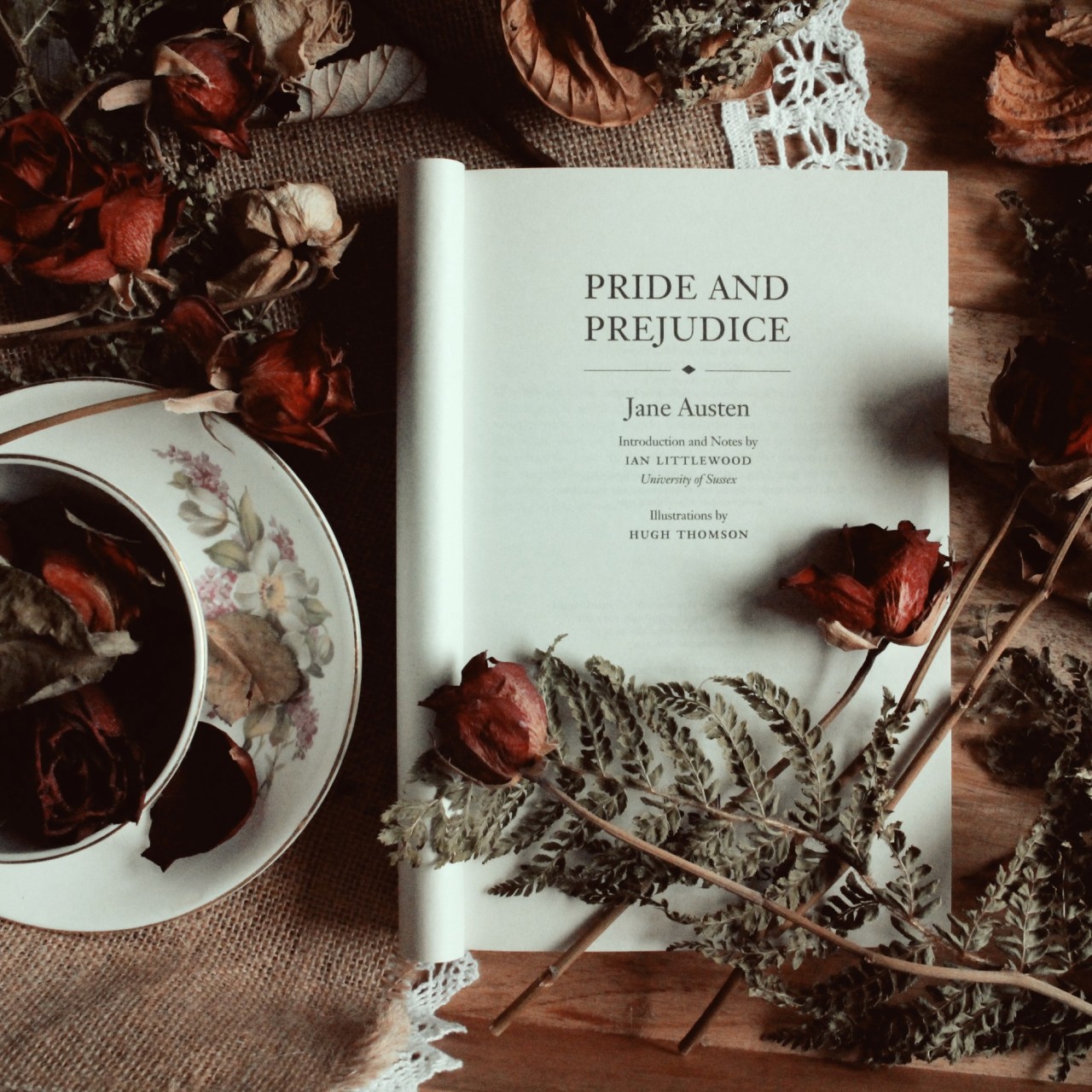As a full-time internet dweller and occasional gamer, I don’t read very often. I’ll admit that I’ve used Sparknotes to weasel my way through English assignments, and I probably haven’t read more than two books for fun since middle school. That said, I tried to read for 30 minutes each day for a week, just to see if I could get back into reading for pleasure. Besides, I wanted to improve my reading comprehension so that I could bring something meaningful to the table the next time there was a discussion in English.
The hardest part was starting. I procrastinated on picking up my book of choice, a very intimidating copy of “Pride and Prejudice,” for nearly two weeks before the looming deadline for this article forced me to start reading. On my first reading session, I struggled to focus, and I barely finished three chapters before the first 30 minutes were up. It was a start, though, and it left me with a bit more motivation to continue.
The second day went considerably smoother. I managed to find some free time between homework assignments, so I began my second 30-minute session in the afternoon, rather than in the evening like the first day. I found it easier to concentrate this time after making it through day one. I’ve always been a slow reader, but I was able to get through four or five chapters before my time ran out.
Day three was hectic. I procrastinated on some other assignments and was busy until about 11 p.m., and I was not too pleased with the prospect of reading when I could be talking to my friends and winding down for the evening. Still, I was determined to see the challenge through, so I sat down with a timer and forced my way through another five or so chapters before I allowed myself some free time. It was getting easier to get into the flow of reading, though, and I was happy to see that I was about a fifth of the way through the 61-chapter book by the end of the half hour. The book itself was interesting, although a bit more difficult than what I was used to, which made the time pass considerably faster.
Days four through seven were more organized; I tried to schedule my reading sessions, which mostly prevented me from having to read late at night (there was a small hiccup on day five, but let me pretend to be productive). By the end of the week, I was well over halfway through Pride and Prejudice and felt motivated to finish it on my own time. I decided to keep up the schedule I made—at least until I finish the book. There are a few novels lying around the house that I might pick up once I’m done, but that decision would depend on my workload and motivation.
The experience wasn’t eye-opening by any means, but it helped me get back into reading for fun. It became considerably easier to get absorbed in the book as the days went by, and reading gave me a few grammar and reading comprehension tips that I can apply to my schoolwork. For example, with some of the longer paragraphs that appeared in Pride and Prejudice, I found it easier to pause after I finished reading in order to process the information. I also learned to identify social norms in historical fiction so that I could better understand the characters’ reactions and decisions. I would personally recommend trying to read for half an hour each day for a week, although I can’t promise the same results that I had. Some books take time to get into, and it’s hard to find the motivation to adjust your schedule around a reading session. Still, the challenge is a fun way to be productive during quarantine.

